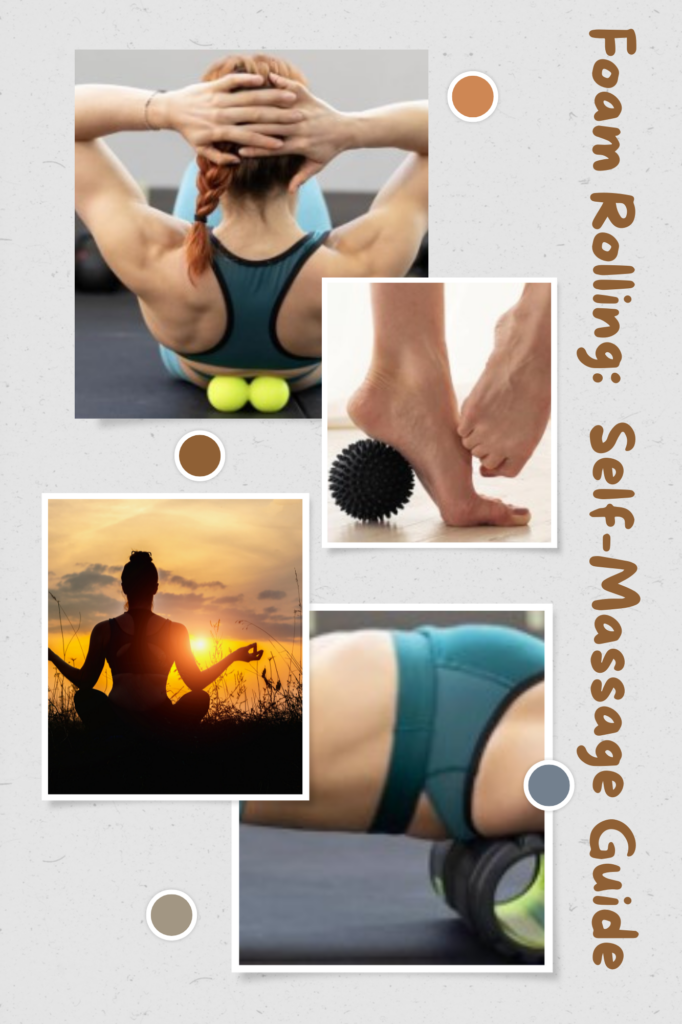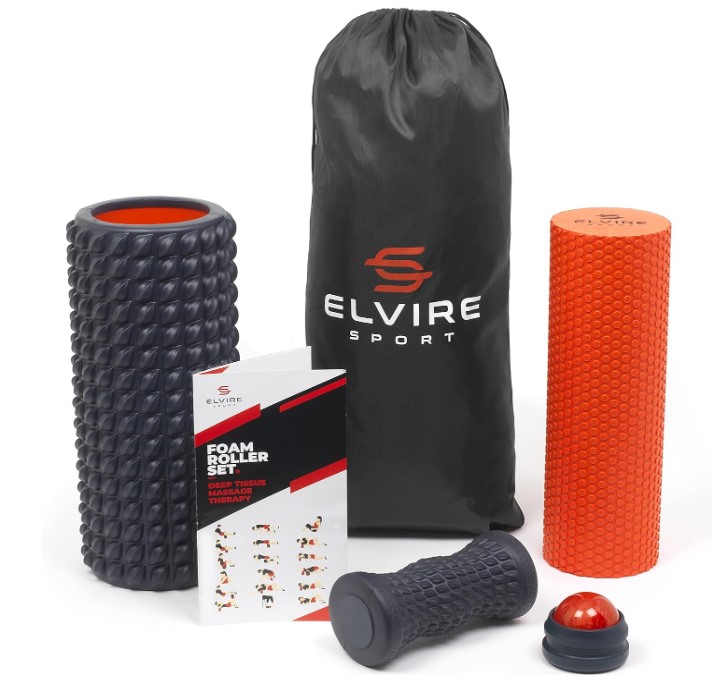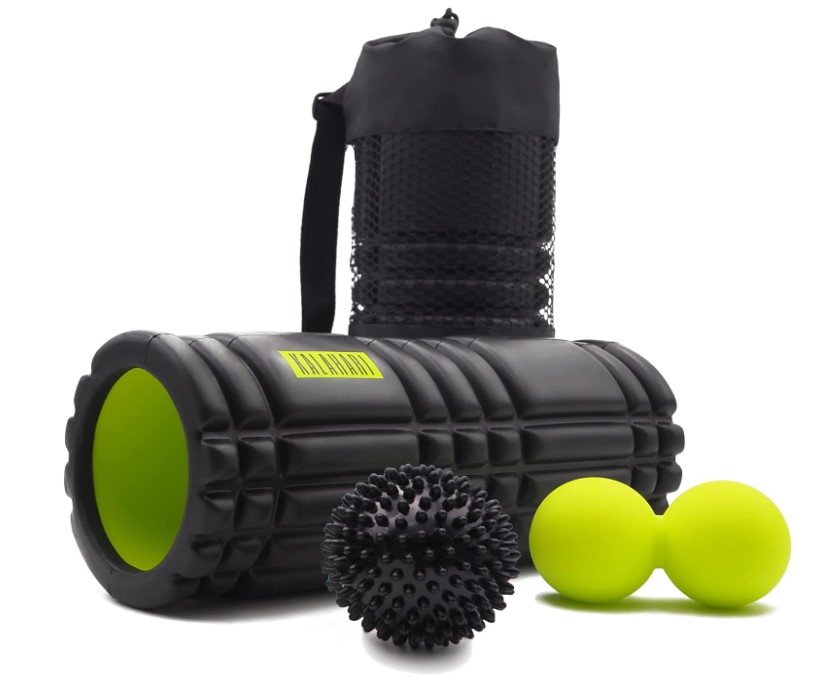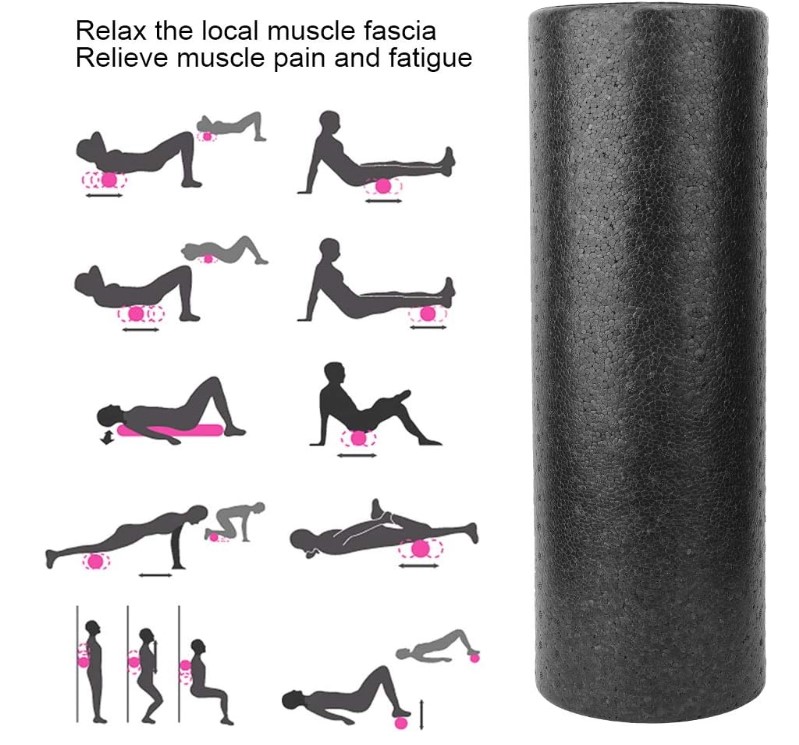
Foam rolling has become a staple in many fitness routines. It’s a form of self-myofascial release (SMR), which means you’re releasing tension in the fascia, the connective tissue that surrounds your muscles. This can help improve flexibility, reduce muscle soreness, and enhance overall performance.
Getting Started with Foam Rolling
Before you dive in, it’s important to understand that foam rolling can be intense. It’s normal to experience some discomfort, but if you feel sharp pain, stop immediately.
Basic Foam Rolling Techniques:
- Find your tender spot: Slowly roll the foam roller over the targeted muscle group until you find a tender point.
- Apply pressure: Once you’ve located a tender spot, pause and apply pressure for about 30 seconds. This helps to release tension and knots.
- Roll slowly: Don’t rush through the process. Slow, controlled movements allow you to target specific areas effectively.
- Breathe: Focus on deep, steady breathing to help relax your muscles.
Foamrollers I recommend:
Affordable kit with foam rollers, massage ball and foot massage roller.

3 in 1 Foam Roller set: foam roller, e-book training manual, foam roller, peanut roller.

Soft Foamroller. Good for beginners.
Common Areas to Foam Roll
- Legs:
- Quadriceps: Lie face down and roll your thighs on the foam roller.
- Hamstrings: Sit with legs extended and roll the backs of your thighs.
- Calves: Sit with legs extended and roll the calves, focusing on the Achilles tendon.
- Back:
- Upper back: Lie face down with the foam roller under your shoulder blades.
- Lower back: Lie on your side and roll along your spine.
- Shoulders:
- Lie on your side with the foam roller under your shoulder.
- Chest: Lie on a foam roller with your arms crossed over your chest.
Tips for Effective Foam Rolling
- Consistency is key: Incorporate foam rolling into your regular routine for optimal results.
- Warm-up: Light cardio or dynamic stretching can prepare your muscles for foam rolling.
- Combine with stretching: For maximum benefit, combine foam rolling with static stretching.
- Listen to your body: If you experience severe pain, consult a healthcare professional.
Remember: Foam rolling is a tool to complement your workout, not a replacement for proper warm-up, stretching, and strength training. Always consult with a healthcare professional before starting any new exercise program.
With consistent use, foam rolling can help you recover faster, improve flexibility, and enhance your overall well-being.
Would you like to learn more about specific foam rolling exercises for a particular area of the body?